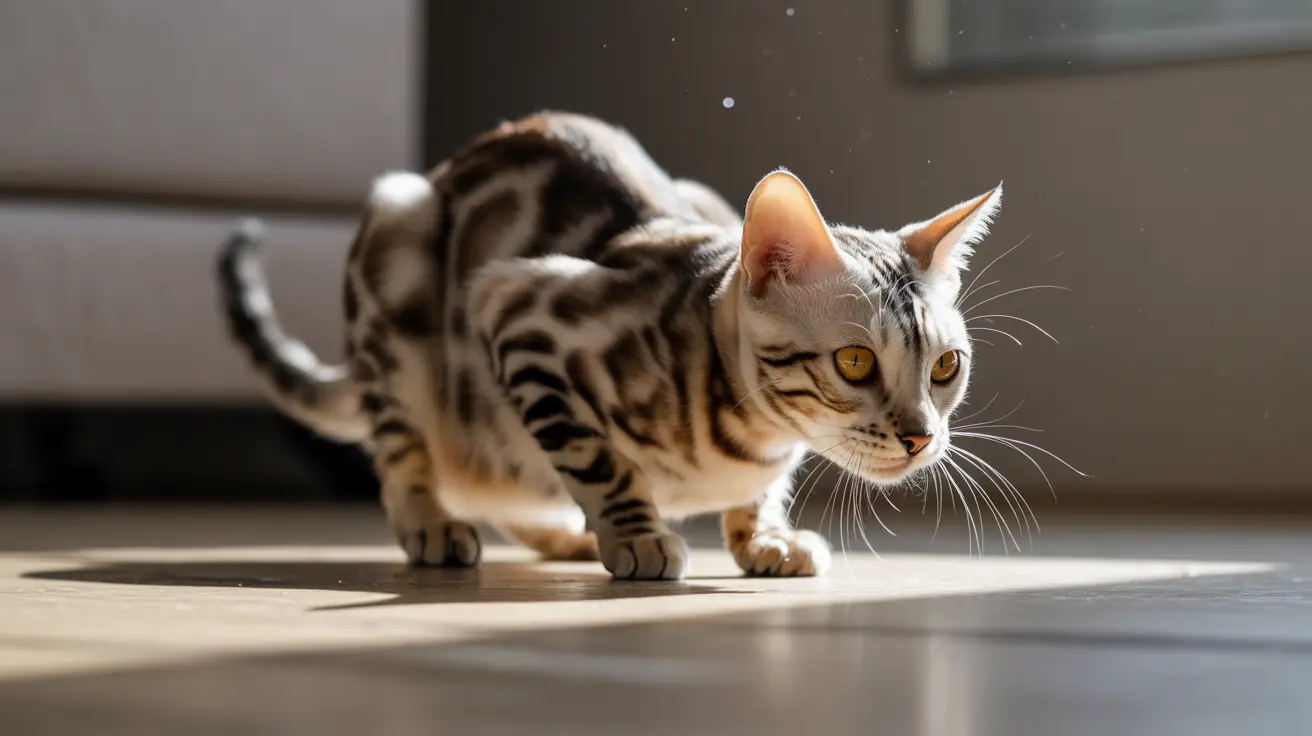Health Problems of Scottish Fold Cats
Scottish Fold cats have a distinctive look, with their folded ears and round faces. But beneath that charm lies a set of health challenges that every owner or enthusiast should understand. These issues stem mostly from the very gene that gives them their signature appearance.
Genetic Roots: The Folded Ear Mutation
The folded ears in Scottish Folds result from a genetic mutation affecting cartilage throughout the body—not just in the ears. This mutation is called osteochondrodysplasia. It's not just about looks; it impacts the cat's overall skeletal system, leading to several health concerns.
Osteochondrodysplasia Explained
Osteochondrodysplasia is a developmental abnormality of bone and cartilage. In Scottish Folds, this often manifests as:
- Thickened joints: Joints may appear swollen or misshapen.
- Stiffness and pain: Cats might move less or show discomfort when walking or jumping.
- Lameness: Some develop limping at a young age.
- Shortened limbs or tail deformities: The tail can become stiff, inflexible, or even painful to touch.
This condition is progressive. Even kittens can begin showing signs as early as seven weeks old. Over time, arthritis sets in, making movement increasingly difficult for affected cats.
Arthritis: A Common Companion
The abnormal cartilage growth leads directly to early-onset arthritis. For many Scottish Folds, this means:
- Painful joints—especially in the legs and tail
- Reduced mobility—they may avoid high places or hesitate to jump
- Sensitivity—reluctance to be touched on certain parts of the body
Cats are masters at hiding pain, so owners must watch closely for subtle changes in behavior or movement.
Other Potential Health Issues
While osteochondrodysplasia is the main concern, Scottish Folds can also face other health problems:
- Ear infections: Their folded ears can trap dirt and moisture, making infections more likely if not cleaned regularly.
- Obesity: Reduced activity due to joint pain can lead to weight gain, which further stresses their skeletons.
- Dental disease: Like many breeds, they’re susceptible if dental hygiene isn’t maintained.
Caring for a Scottish Fold with Health Problems
If you own (or plan to own) a Scottish Fold, proactive care makes all the difference:
- Regular veterinary checkups: Early detection helps manage pain and slow progression of joint disease.
- Pain management: Your vet may recommend medications or supplements for joint health.
- Weight control: Keep your cat lean with proper diet and gentle exercise—extra weight worsens joint issues.
- Easily accessible spaces: Provide ramps or steps so your cat doesn’t need to jump far or high.
- Ear cleaning routine: Clean their ears gently as advised by your vet to prevent infections.
The Ethics of Breeding Scottish Folds
The very gene that creates those adorable folded ears causes lifelong pain for many cats. Some veterinarians and animal welfare organizations argue against breeding Scottish Folds altogether. Responsible breeders may try crossing them with straight-eared cats (to reduce risk), but no combination fully eliminates health risks associated with the fold gene.
Lifestyle Adjustments for Comfort
If you share your home with a Scottish Fold, focus on comfort and quality of life. Use soft bedding, keep litter boxes easily accessible (no tall sides), and avoid rough play that could stress their joints. Watch for subtle signs like hesitancy to climb stairs or sudden irritability—these may indicate pain needing attention.
Lifespan Considerations
The average lifespan of a Scottish Fold is similar to other domestic cats if their health is managed well—often around 12–15 years. However, severe cases of osteochondrodysplasia can shorten life expectancy due to chronic pain or complications from immobility (like obesity-related illness).
A Final Word on Health Challenges
If you love Scottish Folds for their looks and personality (they're known for being sweet-natured), it's vital to understand these inherent health risks before bringing one into your family. Regular veterinary care, thoughtful home adjustments, and compassionate attention go a long way toward giving these unique cats comfortable lives despite their genetic challenges.





